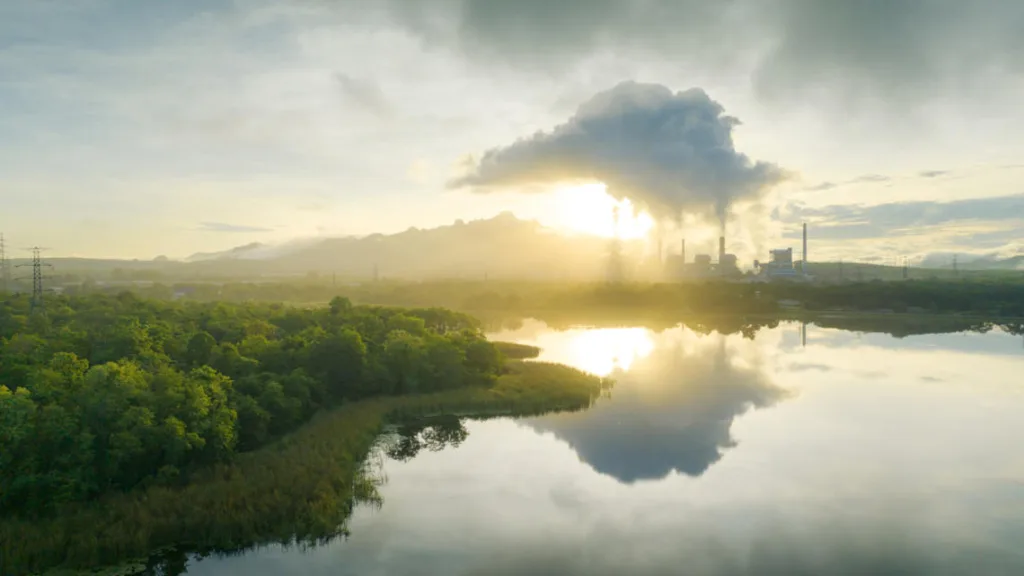Authors
María Mendiluce
The climate emergency is a present-day reality, and we see its effects every day. The world has already warmed 1°C above pre-industrial levels and we are on track to surpass a 1.5°C global temperature rise as soon as 2040.
Governments and the private sector must take urgent climate action. We must reduce emissions drastically, build climate resilience and make the transition to a net-zero emissions world that is aligned with the 1.5°C scenario of the Paris Agreement.
The Global Commission on Adaptation recently launched a report which highlights three key imperatives for action:
- the human imperative that calls for adaptation for all people;
- the environmental imperative to reverse the current degradation of the natural environment; and
- the economic imperative, which shows a cost-benefit ratio of investing in resilience from between 2:1 and 10:1.
Ambitious mitigation is crucial to reducing long-term climate costs. It will deliver the deep and systemic transformation of global economies and associated business activity. It will require reprioritizing economic issues according to the magnitude of change that is required, the interconnected risks across our global systems, and the urgency of a rapidly diminishing timeframe.
Successful businesses will be those that are able to adapt to and thrive through this transformation.
This week WBCSD launched its report on Business Climate Resilience which highlights three key steps that businesses can take to build business climate resilience:
- Develop and maintain ambitious mitigation efforts. If a business makes progress in its mitigation efforts, it becomes less vulnerable to disruptive risks, such as policy and legal measures, resource scarcity or adverse market developments.
- Adapt to ensure business continuity in the face of climate-related physical risks. Businesses must assess and evaluate climate-related physical risks throughout their operations, supply chains and across the communities in which they operate.
- Assess the connections, dependencies and value to society and nature. The connections, dependencies and interrelationships between climate and society, climate and nature and climate and sustainable development will increase public pressure on the true purpose of business activities and the role of business in society.
This latest report builds on previous work undertaken by WBCSD, including a 2014 report on Building a Resilient Power Sector and a 2015 report on Building Resilience in Global Supply Chains, as well as our work on TCFD implementation.
The case for building adaptation and resilience is clear. However, it is not taking place at the immense pace and scale that is required.
We call on the business community to double down their efforts on building resilience. We also call on the public sector to strengthen win-win collaborations with the private sector. It is only by working together that we can adapt and increase our resilience.
The urgency of the climate emergency demands clear leadership and strong collaboration. Governments and the private sector have a crucial role to play.
WBCSD news articles and insights may be republished in accordance with the Creative Commons Attribution-NonCommercial-NoDerivatives 4.0 International Public License, and in accordance with our Privacy Policy. All Content must be featured with due credits.
Related
Content

Renewable electricity procurement: blazing a trail from innovation to leadership
27 April, 2023

Carbon removals: Why a portfolio approach is key to achieving climate goals
19 April, 2023

WBCSD updates the climate scenario analysis tool for companies to leverage in their climate-related financial disclosures
31 March, 2023

